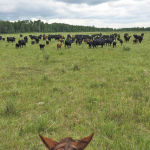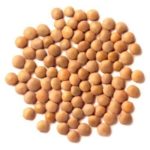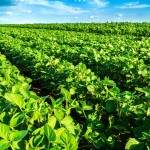
Sask. farmers nearing the finish line for seeding
Emerging crops see threat of flea beetles, cutworms

Guenther: Seeding in home stretch for dry NW Saskatchewan

Reporter’s Notebook: Getting the hairy eyeball

Some Prairie pulses’ limited releases under review

Slow resistance with layered herbicides
Gowan representatives say layering isn't just about dressing for fickle weather anymore
Reviewing the transport review
David Emerson't review of the transportation system isn't all great news for farmers

Lower prices can bring lower moods
Farmers are resilient, but depression on the farm is no laughing matter

Controlling seeds post-harvest
Can pulverizing weed seeds after harvest control weeds in Western Canada?

Fighting herbicide-resistance
Herbicide resistant weeds aren’t a novelty anymore — now they’re just the norm

Betting on the biological business
Monsanto is investing big in bacteria, fungi and other organisms that benefit crops


